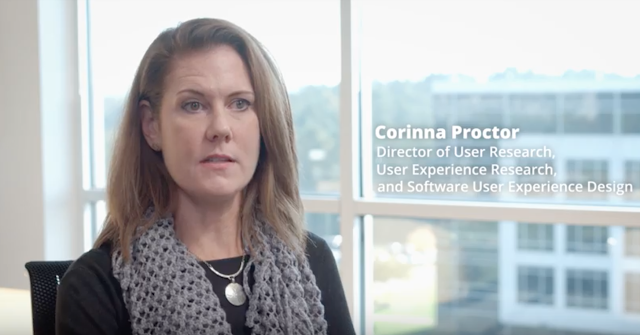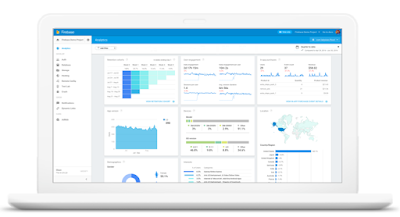Making important business decisions is often a slow process, regardless of industry or company size. In a world where innovation is increasingly important, speed is a necessity. But how does an organization streamline its decision-making process? For many companies, the answer is data. In fact, highly data-driven organizations are three times more likely than others to report significant improvement in decision-making, according to PwC research.1
When looking for meaningful insights to drive innovation and growth, market research is often a go-to data source. The problem many companies face is that market research can feel like a roadblock because it can take months to get the data.
At Lenovo, the leading PC manufacturer worldwide, constantly evolving and improving products is required to remain competitive. “We have to make decisions today for products two years from now,” says Sarah Kennedy, User Experience Researcher at Lenovo. To keep the decision-making process moving, Sarah’s team uses Google Surveys 360 for fast and accurate data. Bringing consumer insights to the table in the early stages of product development helps her team get buy-in from senior stakeholders at a faster pace. “Within seven days, we can get results that would normally take us a month,” says Sarah.
Google Surveys 360 provides businesses with the data they need quickly, accurately, and affordably. Choose your target audience, write your survey, and get answers in as little as three days. Get started today.
Happy surveying!
1PwC's Global Data and Analytics Survey, Big Decisions™, Base: 1,135 senior executives, Global, May 2016
When looking for meaningful insights to drive innovation and growth, market research is often a go-to data source. The problem many companies face is that market research can feel like a roadblock because it can take months to get the data.
At Lenovo, the leading PC manufacturer worldwide, constantly evolving and improving products is required to remain competitive. “We have to make decisions today for products two years from now,” says Sarah Kennedy, User Experience Researcher at Lenovo. To keep the decision-making process moving, Sarah’s team uses Google Surveys 360 for fast and accurate data. Bringing consumer insights to the table in the early stages of product development helps her team get buy-in from senior stakeholders at a faster pace. “Within seven days, we can get results that would normally take us a month,” says Sarah.
"We put an emphasis on innovation. Collecting competitive data and industry benchmarks is critical to do this. Surveys 360 helps us get data on the current state of the market. The results are reliable and delivered at the speed we need so our teams can continue developing the best products without delay."
Google Surveys 360 provides businesses with the data they need quickly, accurately, and affordably. Choose your target audience, write your survey, and get answers in as little as three days. Get started today.
Happy surveying!
1PwC's Global Data and Analytics Survey, Big Decisions™, Base: 1,135 senior executives, Global, May 2016








